
LA Celebrates its Late Modern Gems
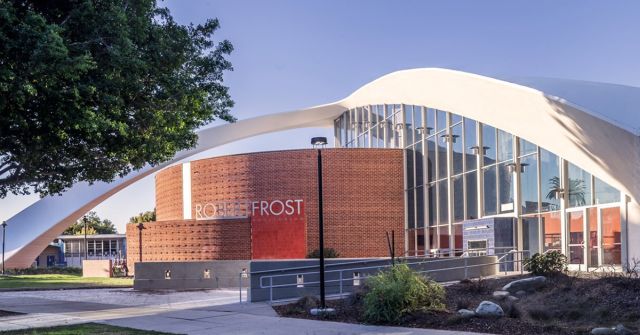 |
In the 1960s people fell in love with Victoriana again. In the 1980s folks got cozy in newly restored Craftsman bungalows. By the early 2000s many were rediscovering Eichlers.
Now it’s 2020, and it’s time to rediscover – the 1970s?
“The '70s for a lot of people, that’s a challenge,” says Adrian Scott Fine, director of advocacy for the Los Angeles Conservancy. “They think of the ‘70s as ‘Brady Bunch’ and kitsch, and they haven’t gotten to the point of thinking that it’s historic.”
That’s why the Conservancy is spending much of the year on its “70s Turns 50 Initiative.” Once a building hits 50 it can more easily be deemed historic, thus deserving some degree of preservation.
“It is an awareness campaign, I would say, fundamentally,” Fine says of the conservancy’s effort. “There needs to be more awareness and appreciation before these buildings are at risk.”
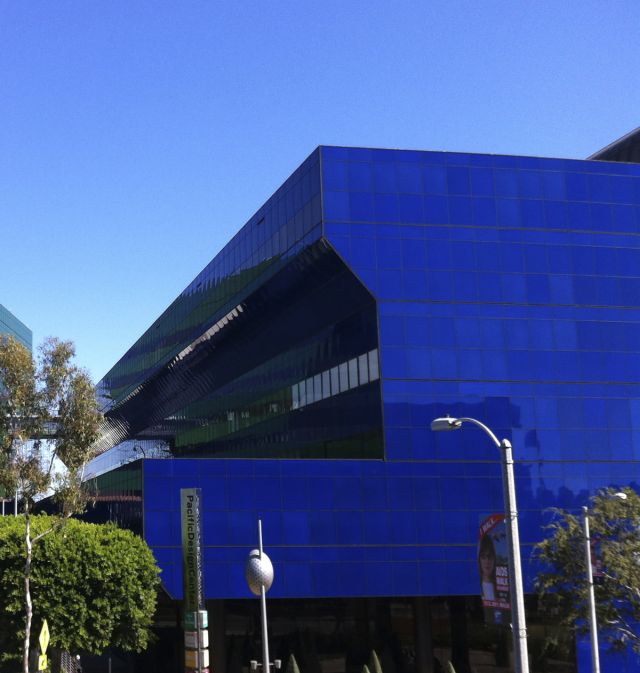 |
The Conservancy acknowledges that some people simply don’t like the 1970s, and that the buildings can present problems.
“Recently, structures from the 1970s have moved increasingly into the cross-hairs,” the Conservancy writes. “This is due in part to the faltering materials that were used to build them. The emphasis on cheap construction materials in this time period resulted in buildings that were difficult and expensive to maintain.
“1970s buildings also face an increased threat due to a lack of enthusiasm for the aesthetics of the era. The design features and fads iconic to it (shag carpet, faux wood-grain paneling, platform shoes, and macramé), tend to be polarizing ones, and its architecture may be equally difficult for many to embrace.”
The conservancy had a great selection of events that were to have promoted the campaign. The state’s shelter-in-place efforts to combat coronavirus have put these events on hold, at least for now. Some great events were cancelled.
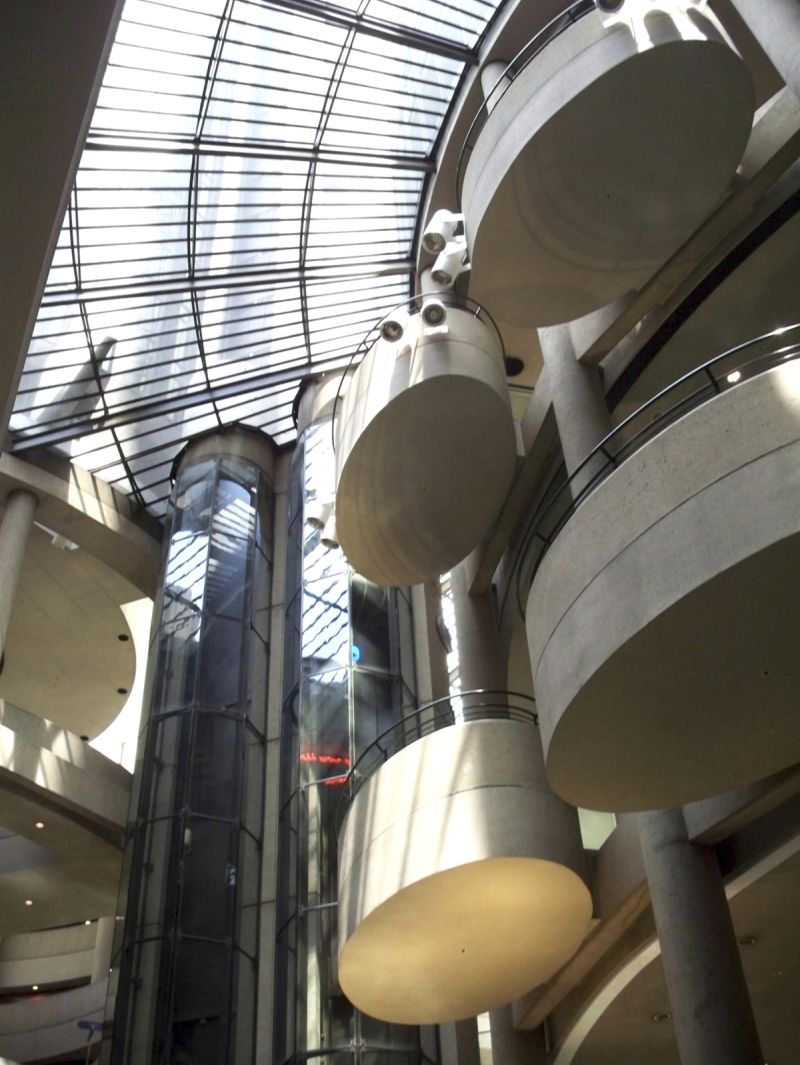 |
The Conservancy’s website contains much fascinating material, however, about the legacy of the ‘70s and should be perused.
One special event that has been postponed was the annual awards lunch. You can learn about the winners on the website.
One winner that is likely to catch many of our reader’s eyes – the Conservancy calls it “one of the most breathtaking Modern buildings ever designed” – is from 1964. And it comes with a whiff of mystery.
The Robert Frost Auditorium in Culver City, with a swirling and soaring concrete roof, was from the firm Flewelling & Moody, though it looks nothing like their other work. The school building was recently restored by the firm Hodgetts + Fung.
Doing some research, the architects discovered that the designer, Andrew Nasser, was an engineer. Sarah Amelar wrote in Architectural Record:
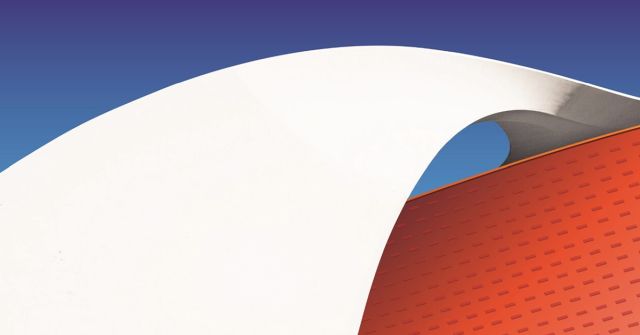 |
“This dapper, 83-year-old, Ethiopian-born Englishman-turned-American -- still an engineer in nearby Pasadena -- had tackled the auditorium commission as a 26-year-old employee of Johnson & Nielsen, consulting structural engineers to the project’s architect of record, Flewelling & Moody (F&M). Nasser had trained as an architect, interning with Eero Saarinen before earning his engineering degree at Caltech. He later provided the structural expertise for many of John Lautner’s famously acrobatic buildings, but never received any credit for the Frost.”
It’s too bad the awards lunch has been postponed. It was scheduled for the Westin Bonaventure Hotel, a mid-1970s structure designed by John Portman that is a downtown icon – and an icon of the ‘70s.
“Whenever we have an unofficial focus group, that’s the [building] that keeps coming up,” Fine says. “That’s what evokes it for you when you’re thinking of the '70s. It’s classic '70s in every possible way, interior and exterior.”
What makes it '70s?
Mirror glass used for exterior cladding, for one, Fine says, adding, “Mirror glass skin buildings were definitely a ‘70s invention, and we’re still doing them today.”
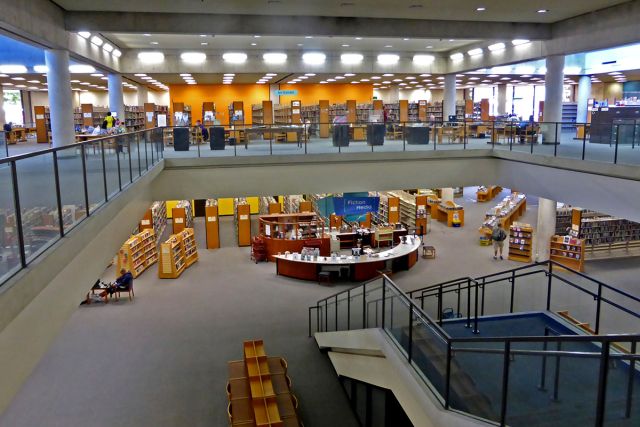 |
Fine also cites the sculptural integrity as a ‘70s characteristic.
“The Bonaventure, that whole building is one sculptural form. The Pacific Design Center, the ‘Blue Whale,’ it’s one giant sculptural element. That was a departure (from the ‘60s),” he says.
“It’s harder to pinpoint and put your arms around what is the ‘70s,” Fine says. “It’s not one thing in terms of styles,” he says. There was some late Brutalism, some aspects of what we today call mid-century modern.
There are even some small tracts from the 1970s of mid-century modern-like homes. Fine mentions one in Woodland Hills, with “tile roofs, three-car garages, sunken living rooms and a wet bart. That’s a classic ‘70s feature.”
To appreciate 1970s architecture, Fine says, “People need to know the narrative, what was happening then." If you understand the times, he says, it is easier to understand and appreciate the architecture.
Some people don't need any persuasion. They already loves the '70s.
“The first lecture we had, we had new people who don’t usually come to our events,” Fine says. “We had a younger crowd. People who are really young, they think [the ‘70s] is cool. They think ‘The Brady Bunch’ is cool. ‘This is cool. It looks different. I love the way it looks.’ ”
- ‹ previous
- 366 of 677
- next ›



